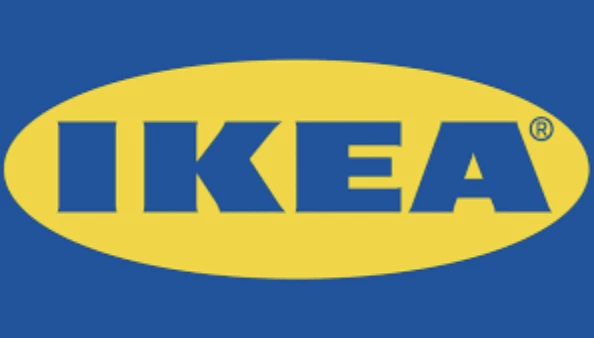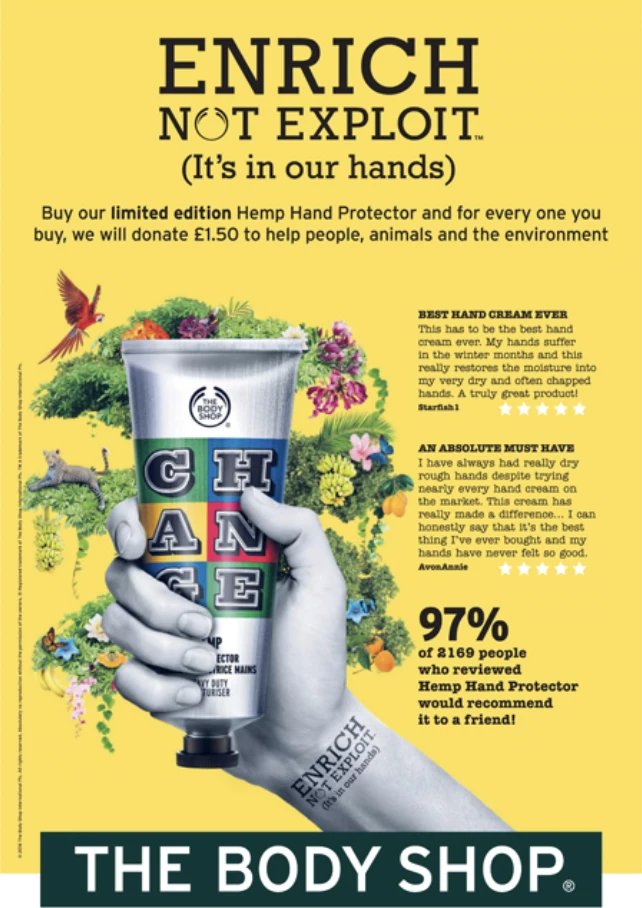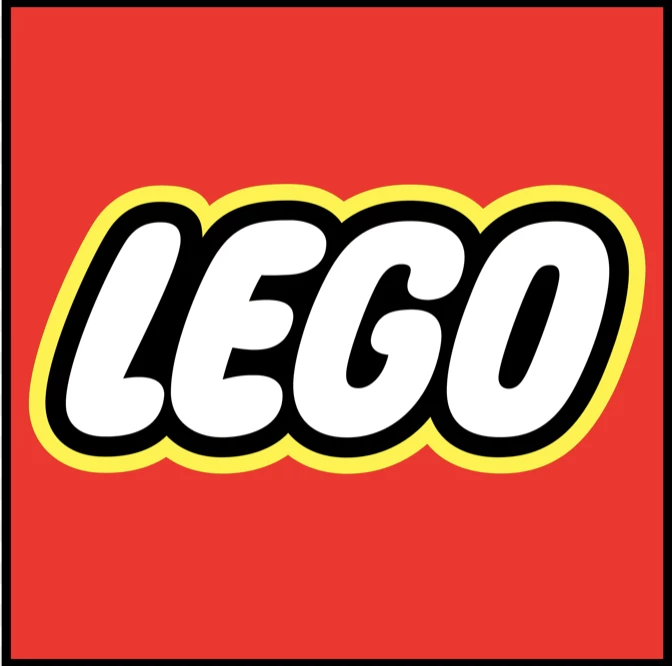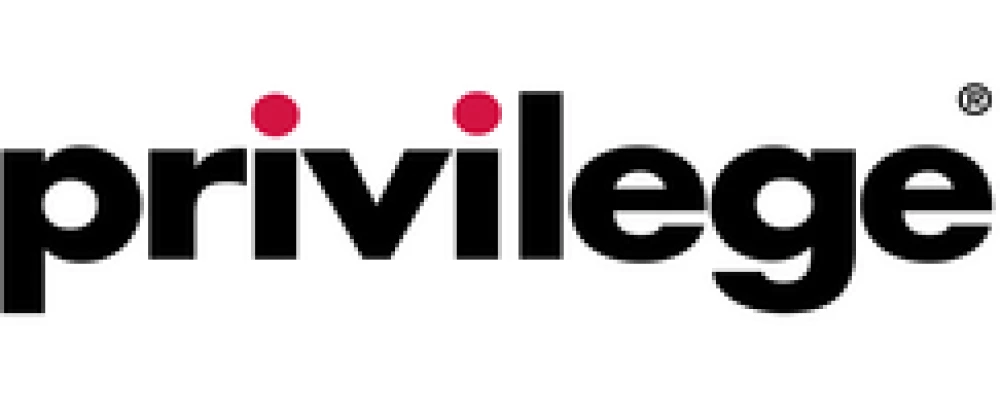Introduction
This 5-minute article provides a clear definition of brand purpose, as well as explaining its importance in contemporary brand development. The article reveals how any organisation can develop its own brand purpose statement, and the issues that will determine its success – or failure.
Context
Quite simply, brand differentiation is everything. An undifferentiated brand doesn’t stand out amongst its competitors and doesn’t come readily to mind.
The best way to create real differentiation is through innovation. This can be at the product or service level (think Dyson) but it can also be in relation to the brand’s channel or distribution strategy (think Uber) or the nature of the customer experience that is provided (think Ikea).
And differentiation doesn’t have to rely on physical innovation at all. Marketers create brand differentiation and stand-out via the creative articulation of the brand’s value proposition and the creativity of its advertising and marketing communications.
During the last 10 years, marketers have had another means of differentiating the brand – through brand purpose.
What is brand purpose?
A brand’s purpose is its overarching raison d’être – the ‘higher purpose’ that acts as its reason to get up and go to work in the morning. Typically, it is linked to a social or environmental issue that has relevance far beyond the brand’s narrow target audience and commercial focus.
At this point in any article focussing on brand purpose, it is often Unilever’s Dove body care brand purpose that is used as the example.
Dove declares its brand purpose as;
Discovering the value of ‘real’ beauty and improving self-esteem worldwide
Dove’s aim is to help change society’s highly damaging view of what constitutes beauty, thereby helping to address the self-esteem of millions of people globally.
The reason that the Dove example is cited so often is that it isn’t just paying lip service so that it can jump on the brand purpose bandwagon. Dove uses its advertising to challenge stereo-typical views of beauty in a way that is confrontational and by doing so it forces consumers to challenge their own pre-conceptions.
The brand has also created numerous campaigns designed to help women boost their self-esteem.
In addition, Dove has partnered with Getty Images to build a photo library of over 11,000 images of individuals who identify as female or non-binary. The initiative is known as Project #ShowUs and the images are available to media companies and advertisers to use in their campaigns. So far, over 3,000 of the images have been licenced.
Of course, one could argue that this is no more than a self-serving marketing strategy. Well, yes, it is self-serving but, on the other hand, which commercial enterprise is going to pursue a marketing strategy that actively undermines its brand!
What Dove has managed to do very successfully is identify a brand purpose which enables it to pursue its own commercial agenda whilst at the same publicising and helping to address a social issue of global significance.
But why is having a brand purpose so important today?
Well, the cynical view is that it’s important because if Brand A promotes a brand purpose, brand B must promote one too, or suffer by comparison.
In reality though, it’s because today’s consumers have simply moved on. Gen Z and Millennials in particular expect brand authenticity and they want the brands they buy to reflect their priorities. Moreover, empty words are no longer enough – they also expect their brands to back their words up with actions.
And it’s a trend that isn’t going to change any time soon.
According to a global, 2018 survey by Accenture, 66% of consumers think transparency is one of the most attractive qualities in a brand. This includes transparency about where the brand sources its materials and what it cares about beyond profit.
In the same survey it was also reported that 62% of consumers want companies to stand up for the issues they are passionate about.
In addition;
- A 2019 survey by Stackla revealed that 86% of consumers (particularly Gen Z and Millennials) regard brand authenticity as a key factor when deciding which brands to patronise.
- Edelman’s global, 2017 study found that 50% of consumers worldwide consider themselves to be belief-driven, whilst 67% bought a brand for the first time because they agreed with the position it had taken regarding a controversial topic
The brand purpose agenda isn’t just about consumers, however. Brand purpose creates a enables the brand to create a more emotional connection with the consumer, based on common values. Those values, in turn, lead to a greater consumer loyalty.
OK! But what about the brand vision and mission?
So, if brand purpose is the new, must-have brand architecture accessory, where does that leave brand visionand mission?
Brand purpose is outward-looking, socially responsible and relevant – totally in step with consumer thinking and behaviour.
By contrast, brand vision and mission are inward-looking and self-serving, far more focused on the trajectory of the brand rather than the society from which it makes its profit.
As a result, both can be considered increasingly anachronistic within the current environment.
BTW – They have also been responsible for confusing a whole generation of marketers, many of whom understandably find it difficult to differentiate between the two!
How do you identify your brand purpose?
Brandspeak has helped a number of organisations identify and shape their brand purpose. Through that work we have identified the following, brand purpose ‘must-haves’;
- The brand purpose that is selected must be of equal importance to the brand and the target audience.
- Consumers are suspicious of brand motivations. Therefore, any brand wishing to publicise its brand purpose must be prepared to back up its words with actions, or risk alienating the very consumers it is looking to attract
- Consumers are only too willing to interpret brand vagueness as insincerity. Again, action is needed to clarify brand purpose words
- Brand purpose must be more than skin-deep. Consumers want to be convinced that the whole organisation is on-board – not just the marketing and management layers.
Other brand purpose examples
The Bodyshop
The Bodyshop’s brand purpose statement is as follows;
To become the world’s most ethical and truly sustainable business.
Its message takes centre stage in its advertising;
The company backs up its brand purpose words with action. Along with brands like Ben & Jerrys and Patagonia the The Bodyshop is a certified B Corp organisation. B Corps are businesses committed to pursuing the highest social and environmental standards.
Patagonia
Patagonia’s brand purpose is;
To build the best product, cause no unnecessary harm, use business to inspire and implement solutions to the environmental crisis.
The company actively delivers on its brand purpose in numerous ways, including;
- Switching to 100% organically grown and ethically sourced cotton
- Undertaking environmental educational events
- Supporting of grassroots environmental efforts
- Reducing corporate waste and pollution
Lego
Lego’s brand purpose is;
“To inspire and develop the builders of tomorrow”
The emphasis is on using the power of play as a conduit for education, learning and wellbeing.
Through the Lego Foundation, Lego has teamed up with Sesame Street and organisations working with Syrian and Rohingya refugees. The aim is to create play-based learning programmes for children up to the age of 6 in Lebanon, Jordan, Iraq and Bangladesh.
Conclusion
The growing importance of brand purpose underlines the continuing power shift from brand to consumer. The days of brands telling consumers what to think and how to behave are over (at least for the time-being!).
Increasingly it is the consumer that has the upper hand in determining what their favourite brands should stand for. And as consumers continue to become more engaged with the social, environmental and even political challenges affecting us all we can expect brands to become ever more purpose-led,
Brandspeak
If you would research to help identify and refine your own brand purpose statement, or to understand how best to bring it to life in terms of what your organisation says and does, please contact Brandspeak at enquiries@brandspeak.co.uk or on +44 (0)203 858 0052.



















